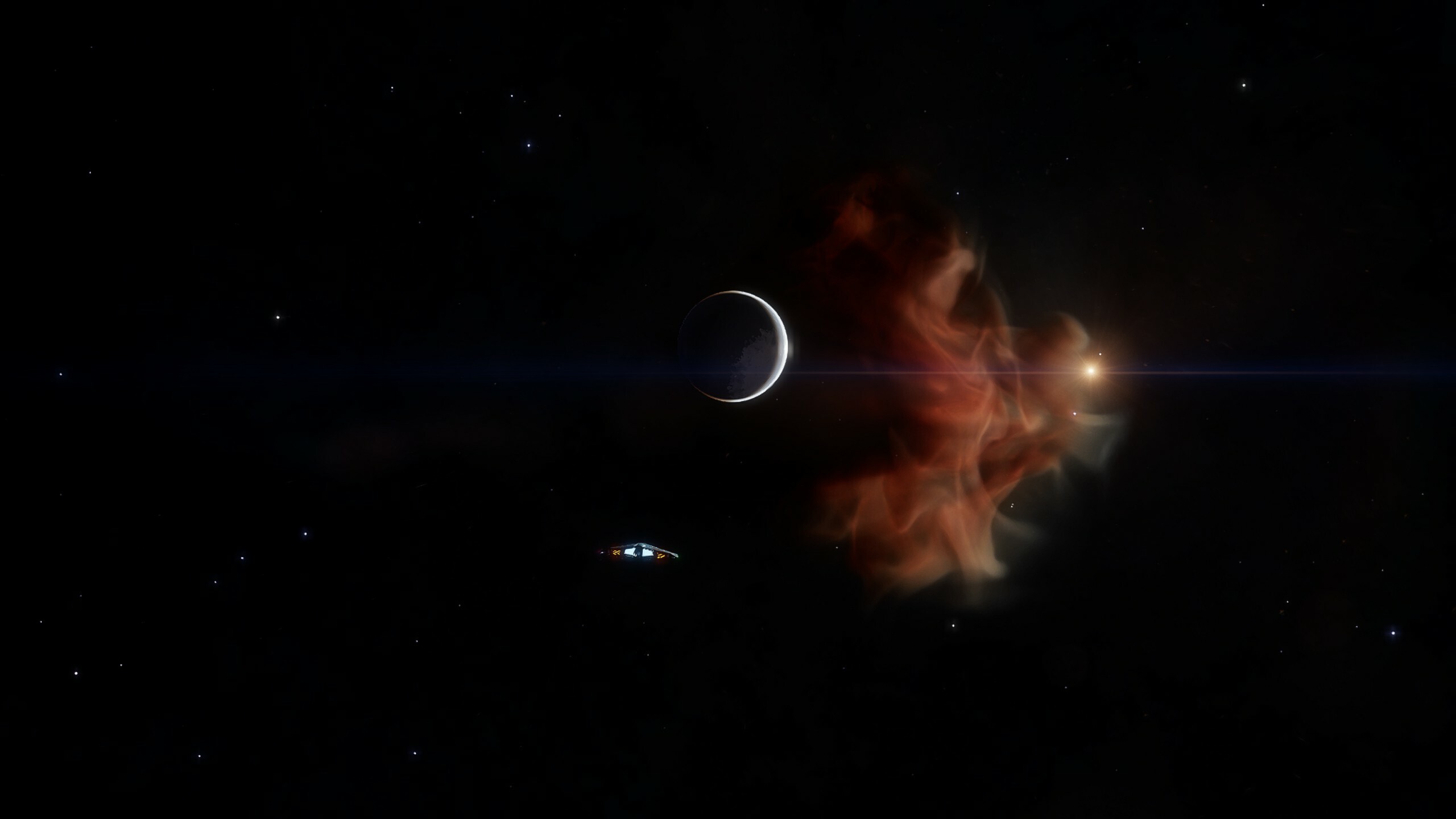CMDR Rodnie Kean profile > Logbook
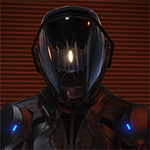
(Cobra Mk III)
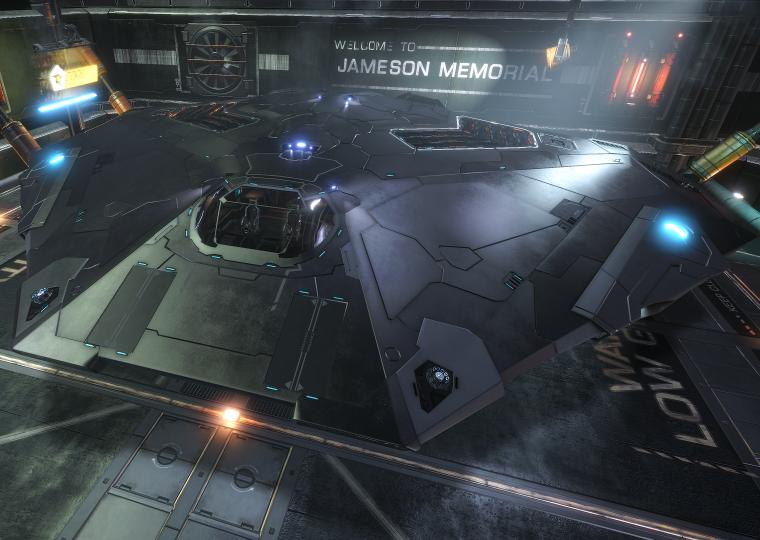
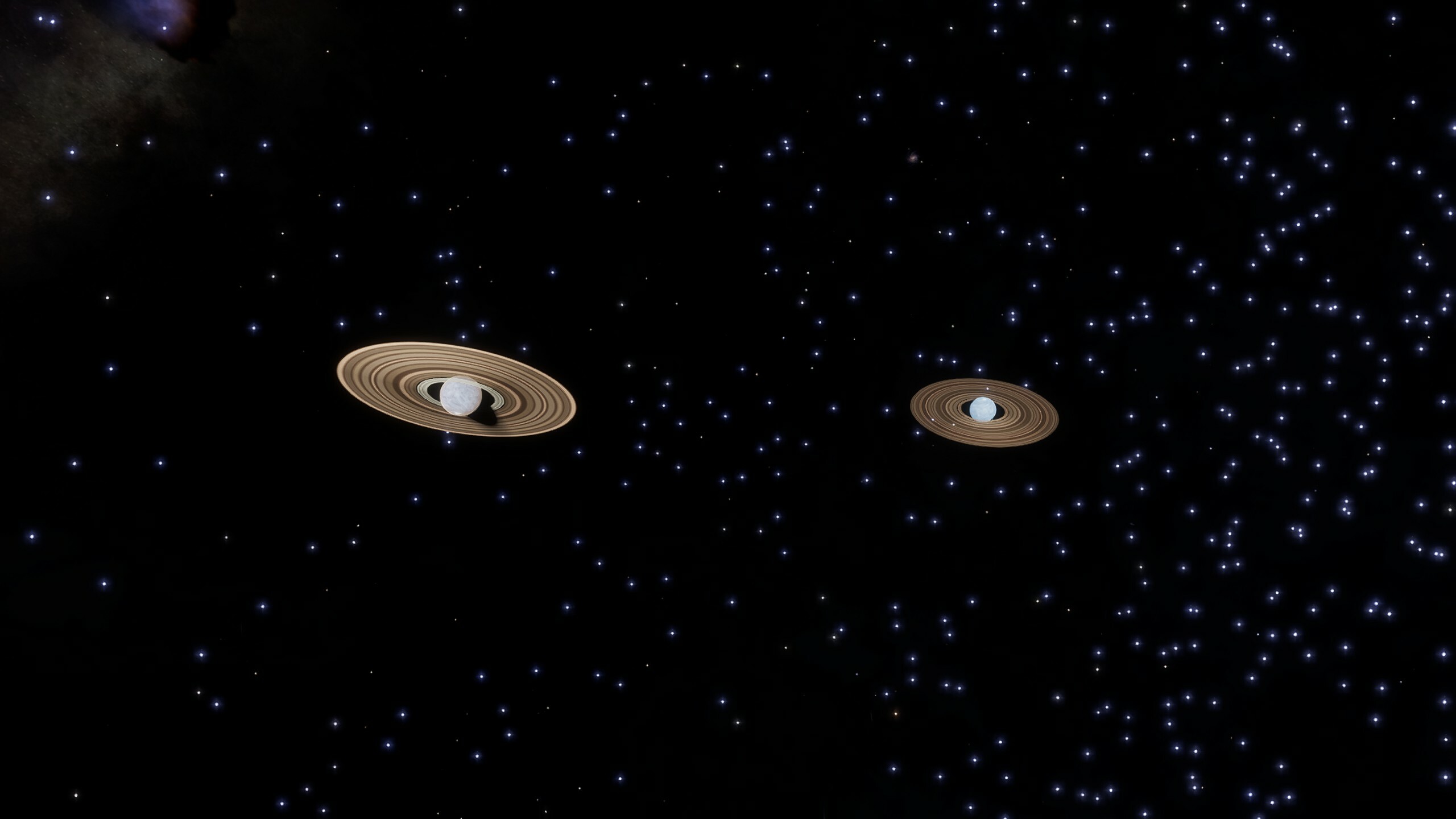
Just finished my trip to Colonia that I started on June 6th. Thought I'll summarize the results before heading off to Sag A*.
- 5111 systems scanned
- 9,5% (484) contained habitable worlds
- 603 worlds in total
- 513 WWs
- 61 AWs
- 29 ELWs
- 79% (383) of systems contained only 1 habitable world
- 18% (88) contained 2 worlds
- Only 13 systems had 3 or more
- 1 system was an outlier with 6 WWs - Boekh EE-B c29-16
Finished exploring the nebulae in the NE corner of ISSC and I am now continuing my journey to Colonia. I have set course for a small nebula 1700 ly above the galactic plane to avoid the most trafficked areas. I will then continue to a small cluster of nebulae just SW of Colonia to avoid the usual SE approach. I expect to discover around 1500-2000 new systems and around 200 habitable worlds.
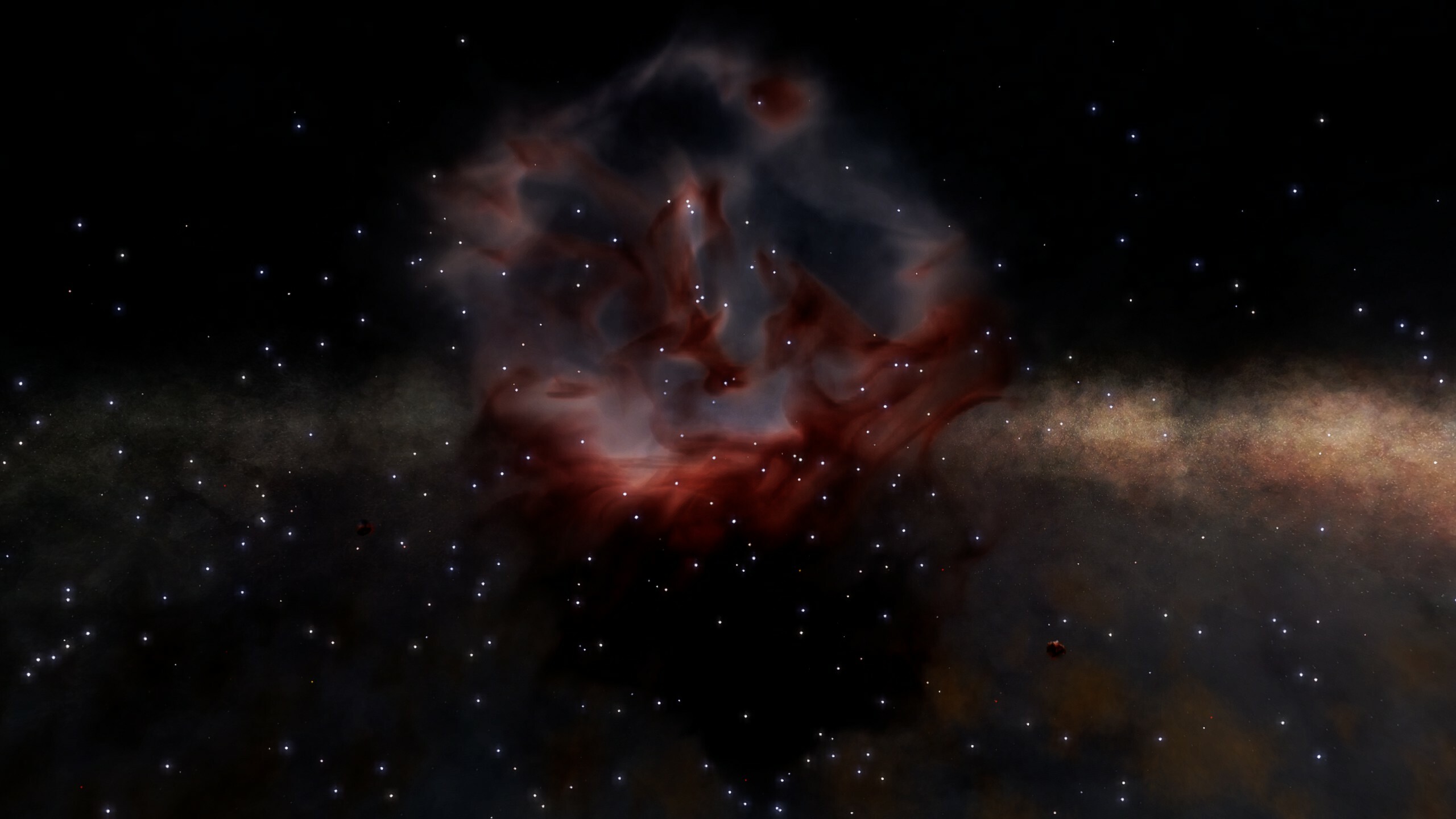
Today I visited some nebulae high above the galactic plane. Found a new batch of habitable worlds including a pair of ELWs. There's also a lot of non-main sequence stars here so I discovered my first couple of red giants, a pulsar and a black hole. Black holes seem to be especially plentiful here.
I've almost reached the north-eastern corner of the region, which marks the half way point of this survey. With over 1500 new stars discovered and more than 100 habitable worlds mapped, I'd say the overall progress has been excellent.
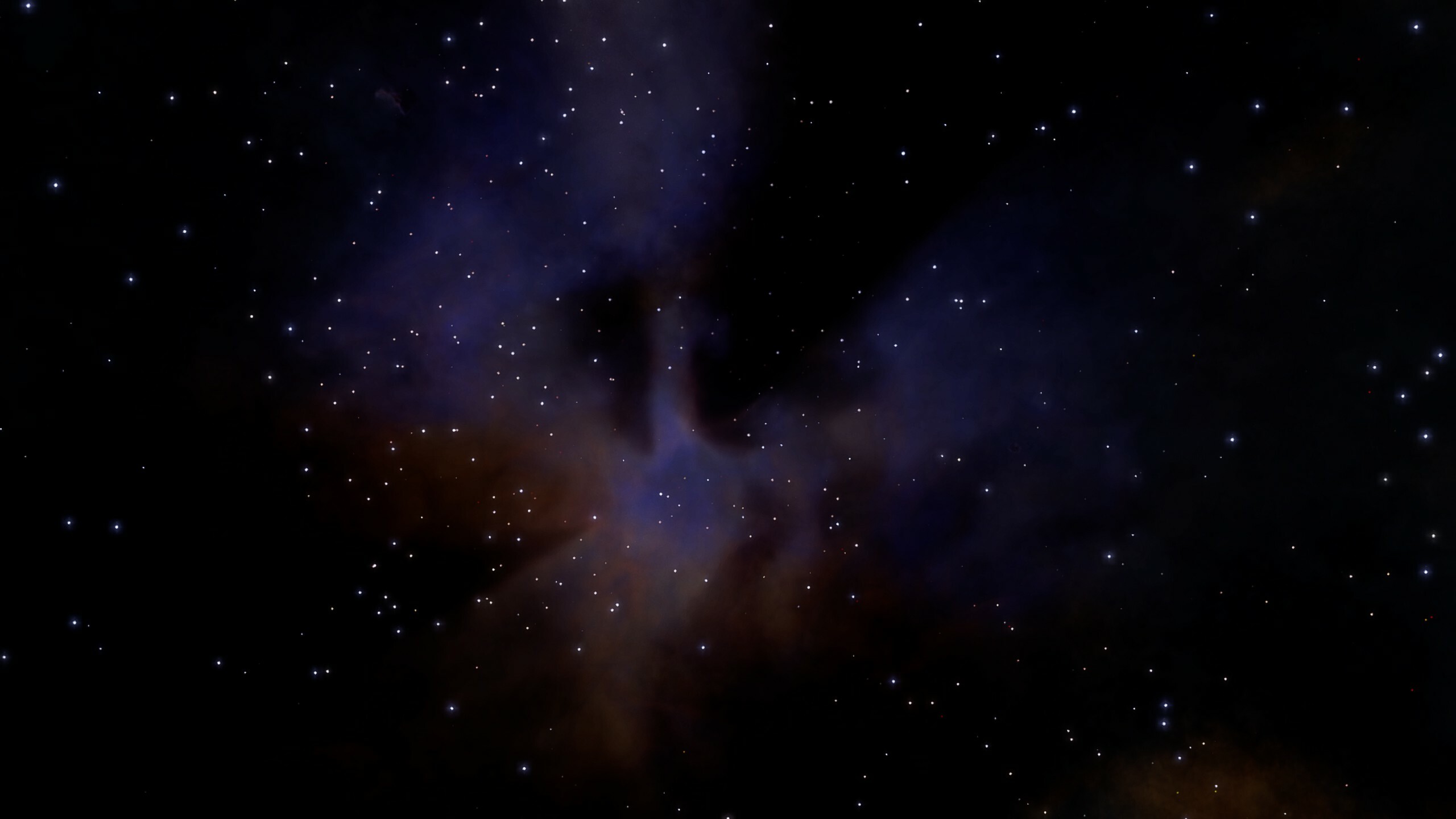
Found an interesting system today. A pretty typical A-class system with mostly GGs of various sizes, but it also contained a 6 mass WW and a 60 mass AW.
Scanning the WW, I immediately noticed that it had some nice rings, so I set a course and went to check it out. As I approached the planet and it grew in my field of view the impact alarm went off, but I still couldn't see a single ring. I checked the navigation screen to make sure that it actually had the mining symbol, which it did. Puzzled, I switched to camera mode to take a screenshot of this anomaly, but when I zoomed into the planet, I finally saw this strange 1/3 ring system with a hole in it. It turned out that the rings are so thin that you actually have to be within 0.20 Ls to see them. I could actually jump into the rings in mining range, and even then I could only see the closest 1/3 of the rings.
The AW was interesting as well. At 60 mass, it was large, but not record-breaking. Typical of its size, it had a beautiful, snow-white ring system and a moon with sub-moonlets. Upon closer inspection, it turned out that the moon was actually a tiny, ringed 3 mass GG with ammonia-based life, which is probably the coolest and rarest object I have found so far (according to EDAstro, only 9000 of these have been discovered).
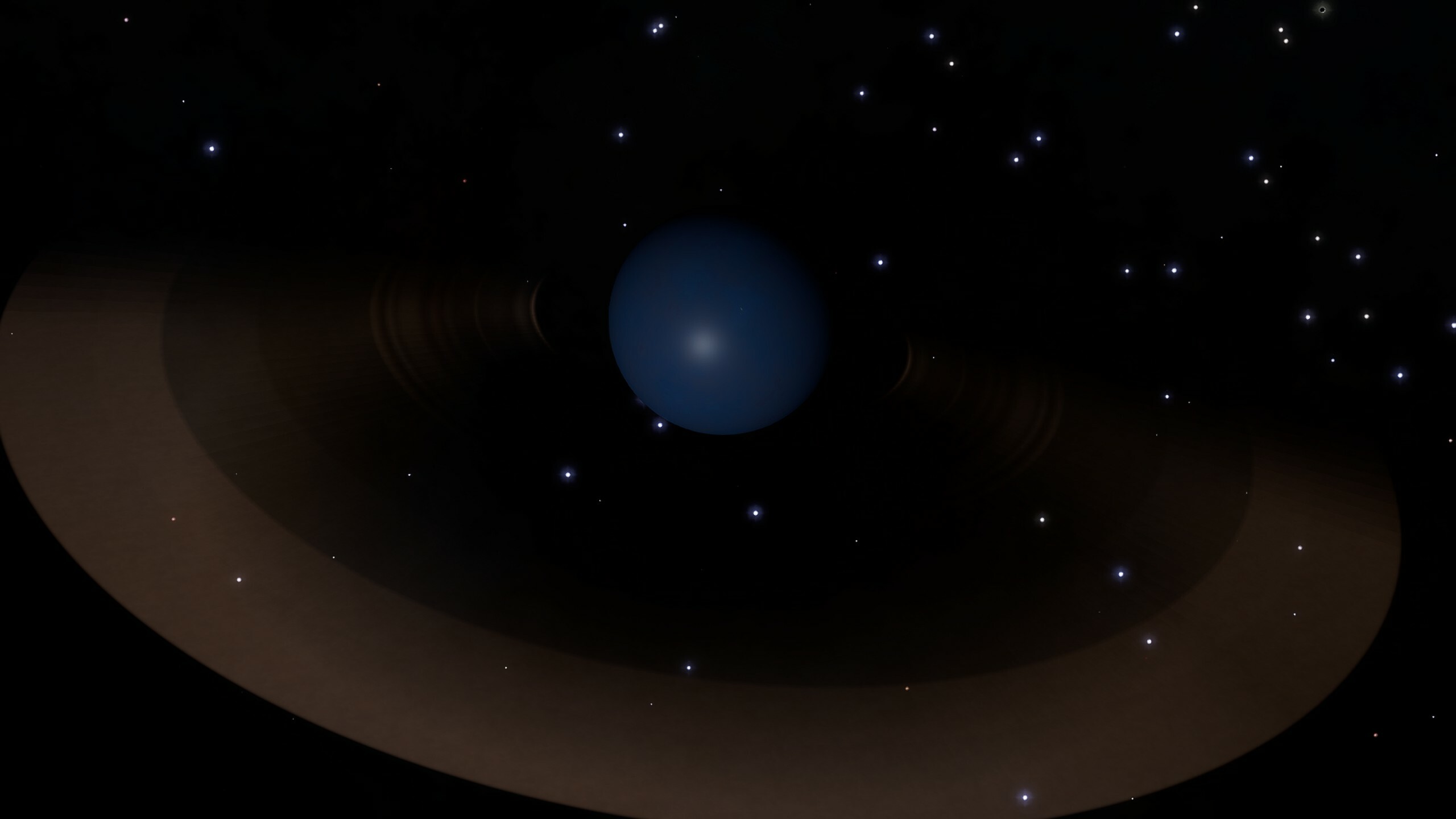
There's nothing quite like it.
The initial confusion of seeing the flash of two stars instead of one upon arrival in an unexplored system. The way your view turns completely orange when you realize the hyperdrive has just dropped you inside the secondary star. The adrenaline rush when the COVAS calmly informs you that the ship is overheating and you set the throttle to 100%. The metallic clang as your ship breaks the surface of the secondary. The smell of acrid smoke as the heat reading exceeds 90% and the COVAS further informs you that fuel scooping has indeed begun as you dive into the corona of the main star directly in front of you. The quick glance at the 107% heat indicator as you pull the ship away from the star. And finally, the sense of relief that you escaped with minimal damage... this time.
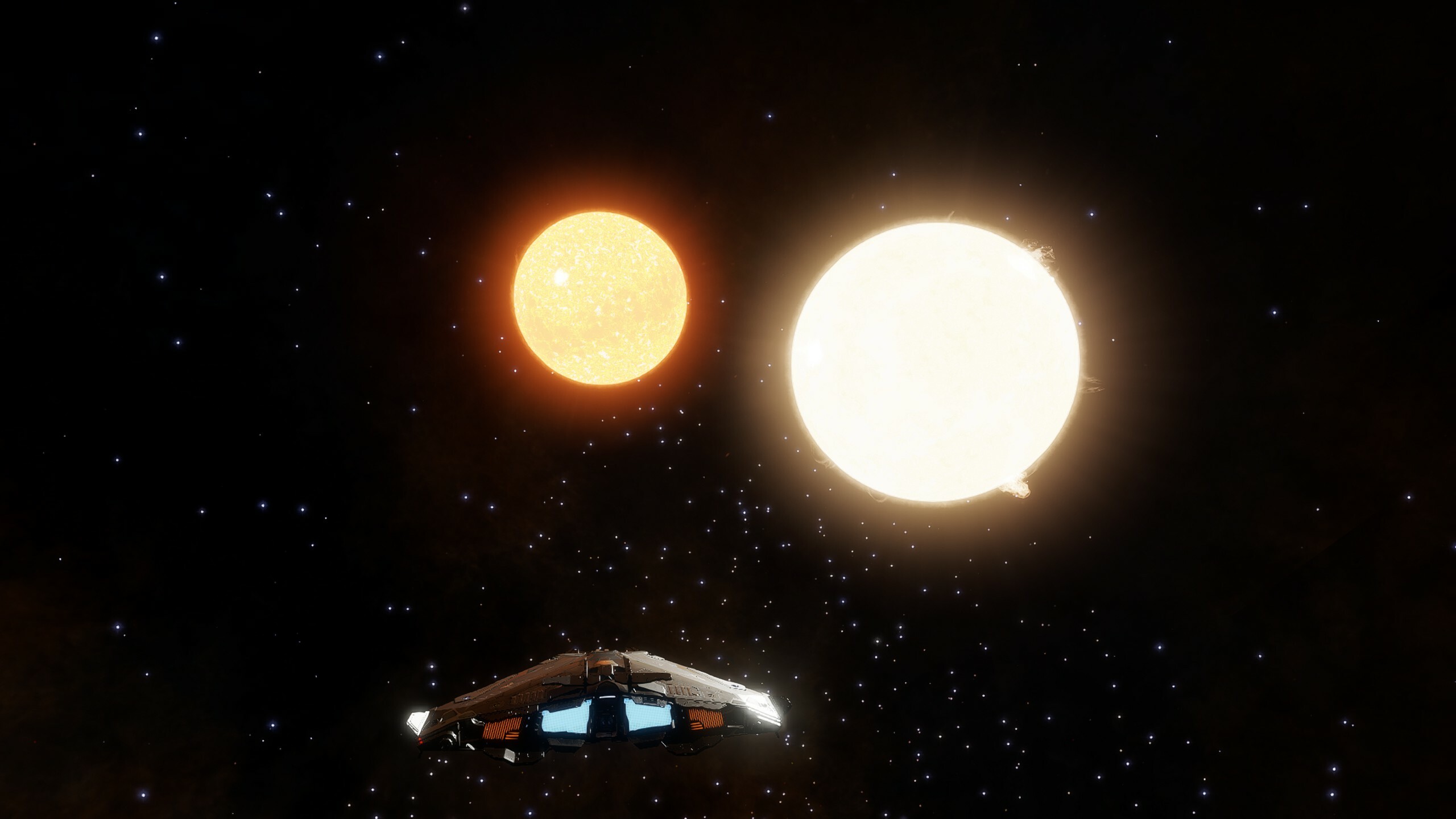
Currently 12500 ly from Sol.
Arrived at the Inner Scutum-Centaurus Arm. The final few hundred ly in Temple proved to be very productive. Discovered 2 ELW, 2 AW and many WW. ELW and AW were quite mundane, but the WW had some interesting properties. One WW was the only object orbiting a B-class star, while another had a relatively large volcanic moon that looked suspiciously like a small peace of cheese upon approach. The only multiple habitable world system I found was a ELW-WW one and the WW had pretty decent rings as well. I also discovered a single instance of astrogami - a senary(6-star) system with some interesting nesting patterns.

Currently 12300 ly from Sol.
After the successful conclusion of the IOS habitable worlds survey I visited one of the more notable landmarks in the Temple region - the somewhat dark and brooding Prai Hypoo nebula, famous for it's Guardian sites. I stopped at a fleet carrier to sell cartography data and install bumpers and extra large engine cowlings(to protect the ship from the dangers of metallic crystals).
While docked I charted a course through the western part of the Scutum-Sagittarii Conflux, making sure to visit some of the least explored nebulae like Cobweb, Flyiedgai and the Eye of Sauron. They should provide a fertile hunting ground for habitable planets.
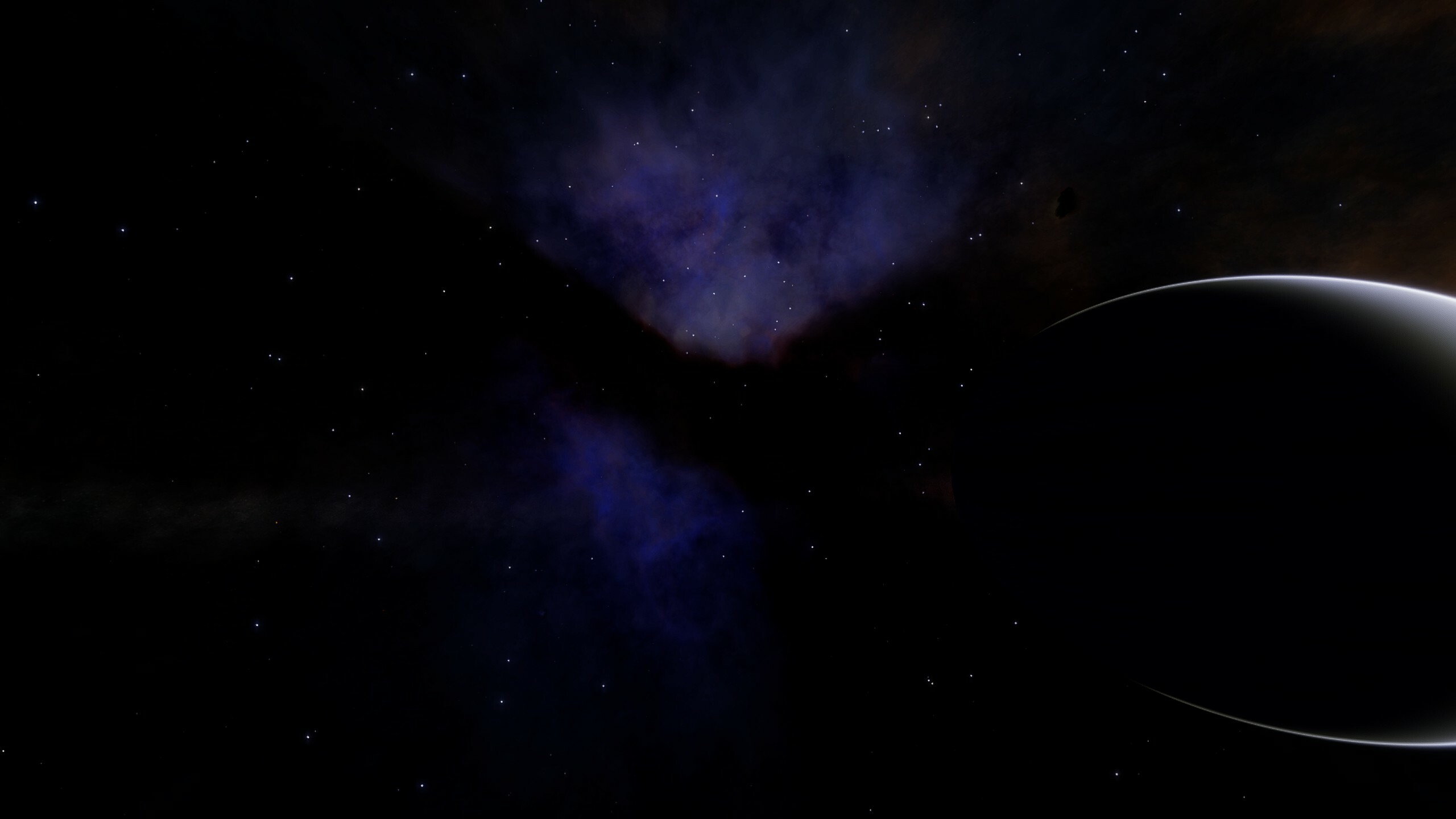
Currently 11200 ly from Sol.
Arrived at Temple. Discoveries have been a bit slow but I did find this nice ringed WW - GG binary. They are just close enough to be rather pretty.
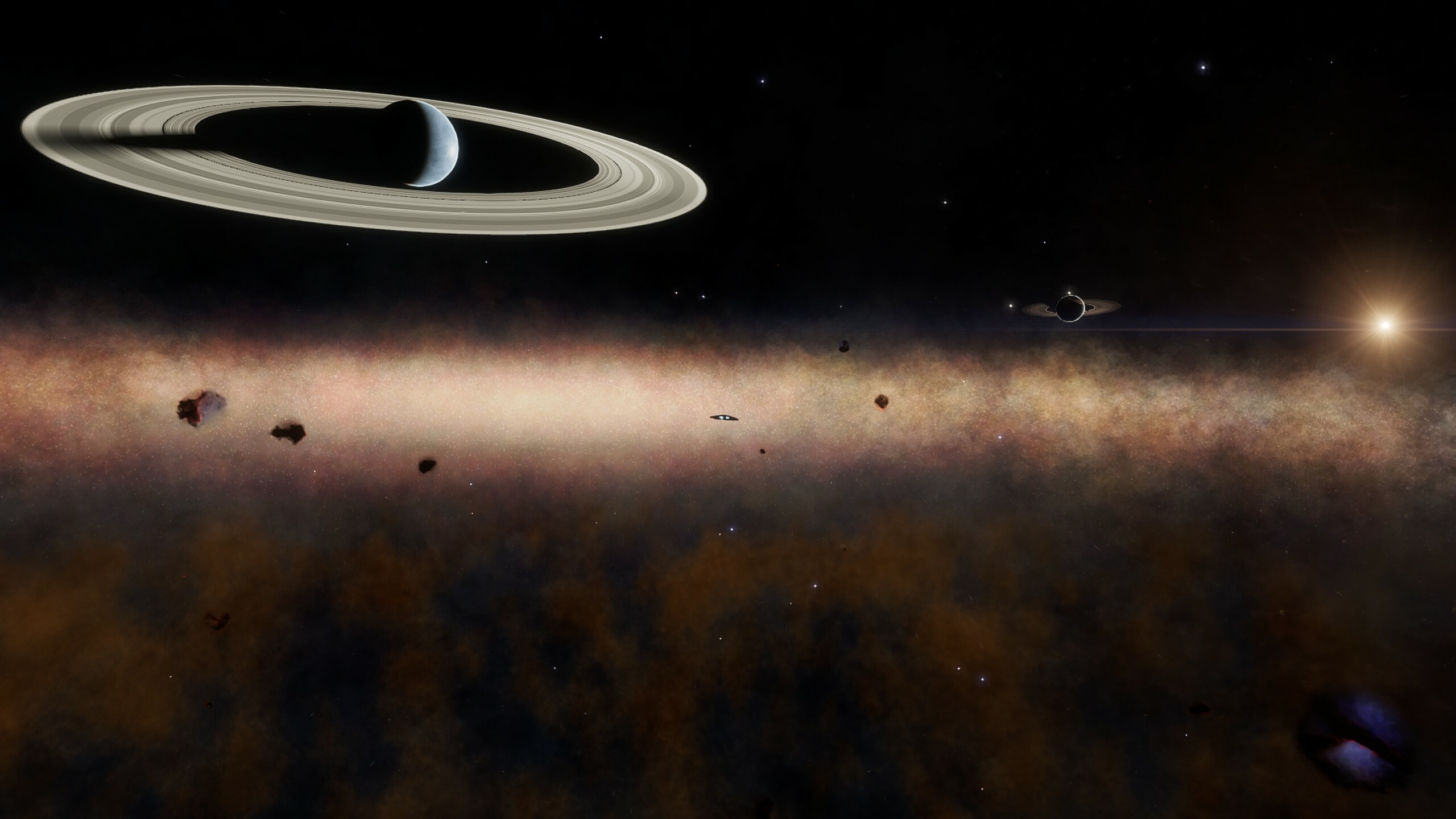
HIP3407(700 ly from Sol) = Pyralea KP-C c27-0(Temple border, 10600 ly from Sol)
- 12 days
- 1184 jumps
- Total distance of 15652 ly (with some detours)
- 795 new star systems (according to ED, EDSM is a bit more generous)
- 54 with habitable planets
- 50 WW
- 12 AW
- 1 ELW
- 9 systems with NSP
Currently 8600 ly from Sol
Just visited my last stop Traikeou AA-A H2 before leaving the home sector for Temple. The nebula is relatively high above the galactic plane (only 250 ly from the neutron highway) so it is relatively well explored. Crossing it and heading further down towards the plane revealed a very dense and unexplored region of space where I made multiple discoveries - stellar phenomena and habitable worlds.
